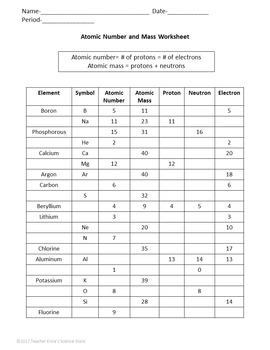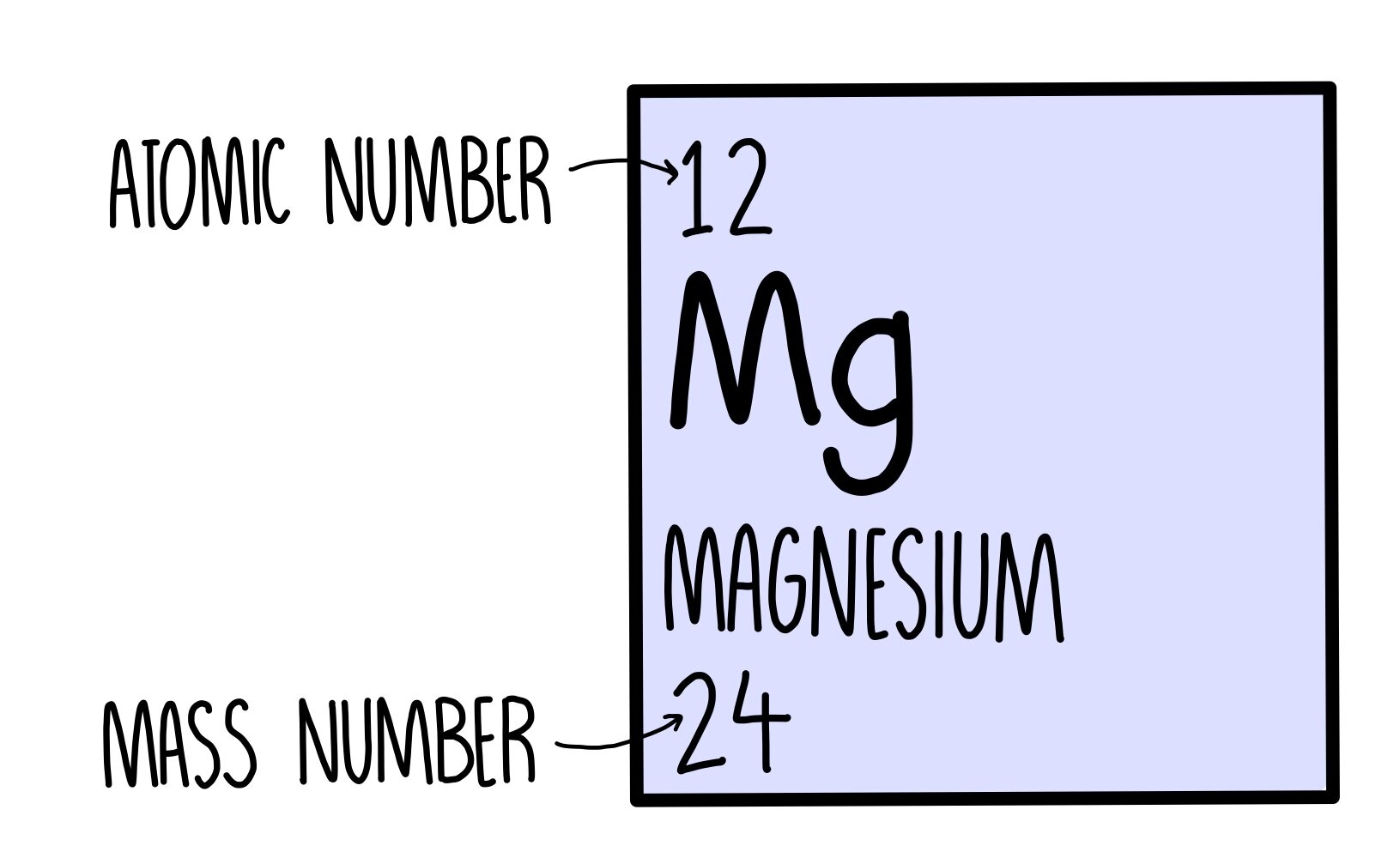

Please note that the elements do not show their natural relation towards each other as in the Periodic system. The unity for atomic mass is gram per mol. The lightest chemical element is Hydrogen and the heaviest is Hassium. The chemical elements ofįor chemistry students and teachers: The tabular chart on the right is arranged by Atomic mass (weight). This list contains the 118 elements of chemistry.
Atomic mass of n plus#
Neutron number plus atomic number equals atomic mass number: N+ZA.

The result is an atomic mass of 14.007 u. The total number of neutrons in the nucleus of an atom is called the neutron number of the atom and is given the symbol N. The first is far more prevalent, accounting for 99.634 percent of natural nitrogen, whereas the second (slightly heavier) accounts for the remaining 0.366 percent.
Sources, facts, uses, scarcity (SRI), podcasts, alchemical symbols, videos and. The Molecular mass of an element can be calculated by adding the atomic masses of each of its constituents. The stable isotopes of nitrogen are 14N and 15N. Element Nitrogen (N), Group 15, Atomic Number 7, p-block, Mass 14.007. Nitrogen has an atomic mass of 14.01 amu or 14.01 g/mol. Because electrons have a very low mass compared to protons or neutrons, their mass has no bearing on the calculation. The total masses of neutrons, protons, and electrons in an atom are atomic masses. The nitrogen cycle explains how nitrogen moves from the atmosphere to the ecosystem and organic molecules before returning to the atmosphere. The human body requires approximately 3% of nitrogen via mass. N is found in all animals, particularly in amino acid residues, nucleic acids, and the energy transportation component of adenosine triphosphate. The most common uncombined element, N 2, makes up 78 % of the Earth’s environment. It is a standard element across the universe, well with the Milky Way and the rest of the universe having the sixth-highest overall abundance.Īt room temperature or pressure, two or more chemical atoms combine to form N 2, odorless and colorless diatomic gas.

N is a nonmetal that belongs to Periodic Group 15, which is also referred to as pnictogens. The chlorine atom nitrogen has the atomic number of 7, and the symbol is N.


 0 kommentar(er)
0 kommentar(er)
